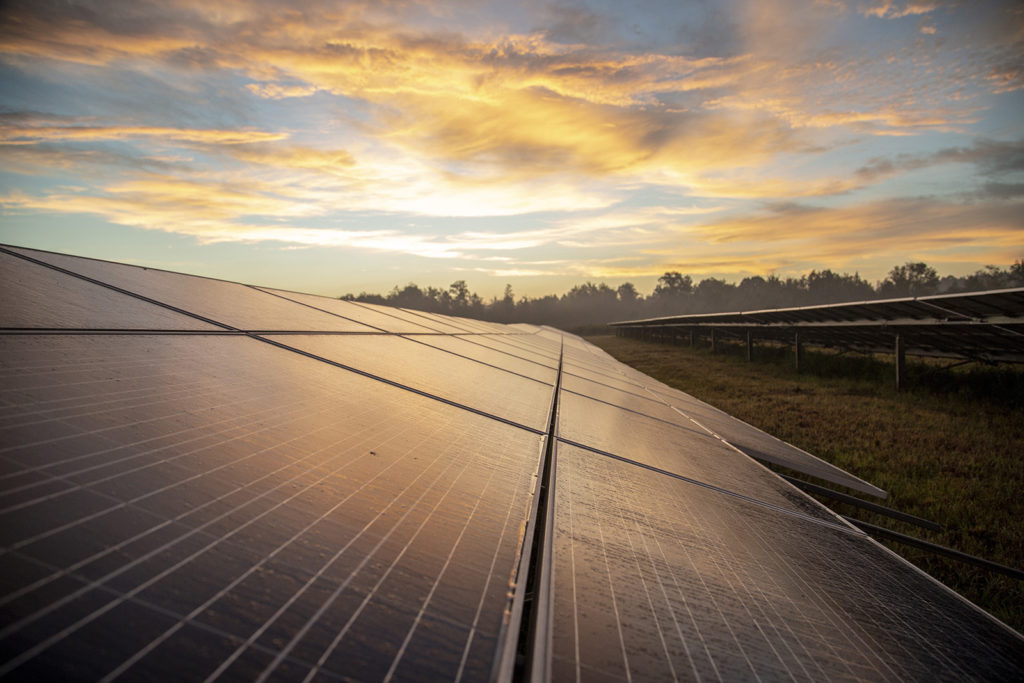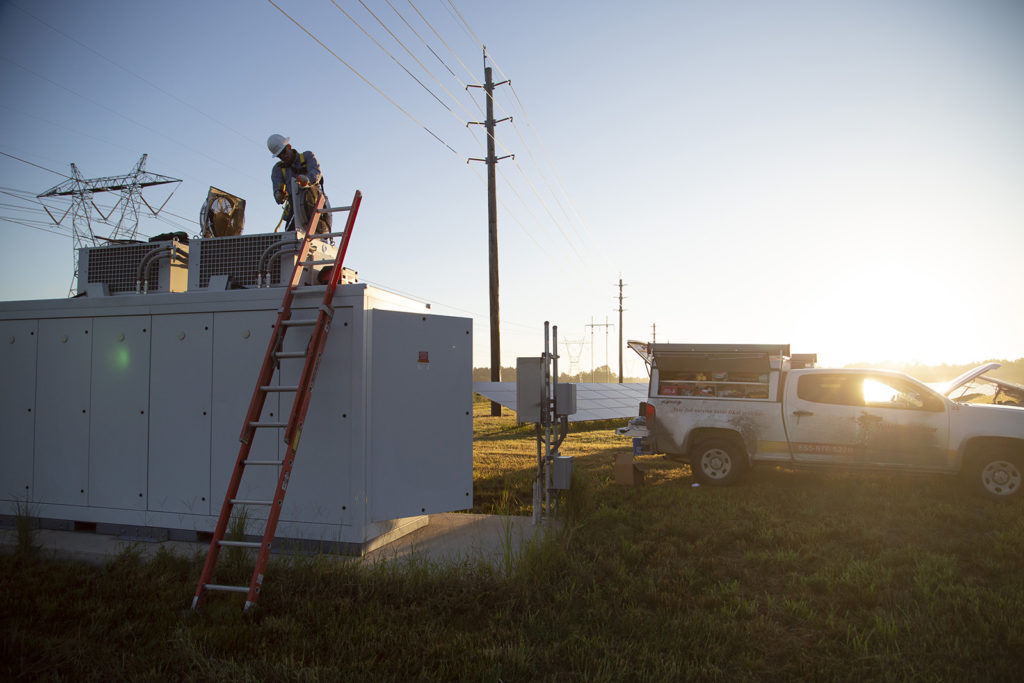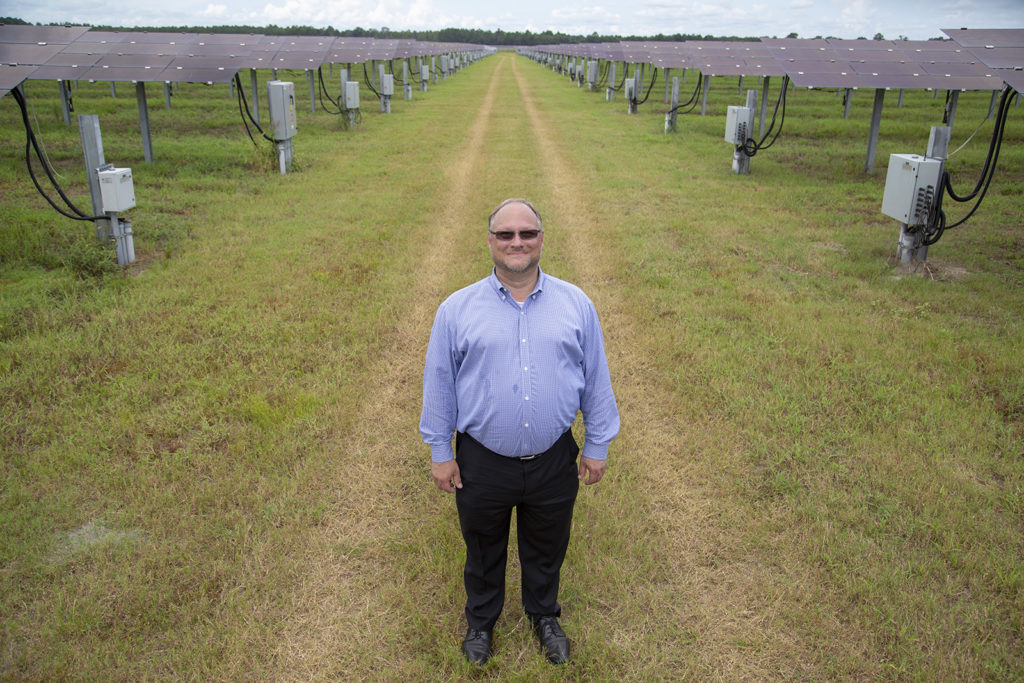
Electric cooperatives in Georgia are making solar energy a reliable part of their power supply mix by pursuing a range of projects designed to help them meet the needs of consumer-members and attract new commercial accounts.
“One advantage of solar energy, compared to conventional energy generation facilities, is that it doesn’t take a long time to develop and construct these facilities,” said Jeff Pratt, president of Green Power EMC. The Tucker, Georgia-based co-op supports acquisition and development of renewable energy projects for 38 distribution co-ops in Georgia.
“With good planning and a little bit of work, we can have a solar facility up and running within two years, and only eight to 10 months after construction starts,” said Pratt. “That compares to five to 15 years for conventional power plants from planning, permitting and design through construction and commissioning.”
Green Power EMC and its members have been involved in building or procurement of 245 megawatts of solar power. Pending commitments through 2021 are expected to raise that total to about 1,000 MW. That’s enough electricity to meet the needs of about 180,000 average homes served by the state’s electric co-ops.

Long-Term Growth
Green Power EMC’s solar projects began in 2005, with a series of small demonstration arrays built outside of co-op headquarters and on school campuses. Those led to the development of modest co-op and community solar arrays, either added to the co-ops’ power portfolios or offered by subscription to members interested in renewable energy.
“People are starting to understand that solar energy is not free, and it requires an investment,” said Pratt. “They’re starting to get a sense from exploring rooftop solar that it is expensive, takes some technical expertise and knowledge to design, construct, install and maintain these facilities.”
Green Power EMC’s experience with small solar arrays has allowed it to move quickly in recent years, leading to a series of power purchase agreements involving utility-scale solar projects.
Silicon Ranch, an NRECA associate member headquartered in Nashville, Tennessee, has exclusive agreements providing the full output of two solar arrays to Green Power EMC. Eight additional arrays are slated for development in south and central Georgia.
Green Power EMC member co-ops are also pursuing development of other individual arrays. Silicon Ranch and developer Strata Solar Inc. of Chapel Hill, North Carolina, are working with a Georgia co-op to develop three new solar projects to meet the energy needs of a new Facebook data center in Newton County, Georgia.
“We are committed to supporting all of Facebook’s operations with 100 percent renewable energy and these new solar facilities will help us meet that goal for our Newton Data Center,” said Rachel Peterson, vice president of data center strategy for Facebook. “Developing these resources within the same electric grid that supports our data center will bring even more investment to the region.”

Lasting Economic Impact
Utility-scale solar projects typically are built on undeveloped or agricultural land.
“Many times in Georgia we find rural locations that are underused or underutilized,” said Green Power EMC’s Pratt. “With the installation of utility-scale solar facilities, we use the land in a more productive manner.”
The technology now being used for utility-scale solar is projected to last at least 30 years. Current hardware could potentially be replaced or upgraded to accommodate future advances, prolonging and enhancing the productivity of the projects.
About 800 people, primarily hired locally, will be involved in construction of the three arrays serving the Facebook data center. The projects, totaling $230 million in investment, will contribute to the tax bases of three Georgia counties once they’re completed.
“We want to share this technology, knowledge and the facility with the local community so that they learn more about solar energy and understand the positive and productive asset it can really be for the community,” said Pratt.
Derrill Holly is a staff writer at NRECA.